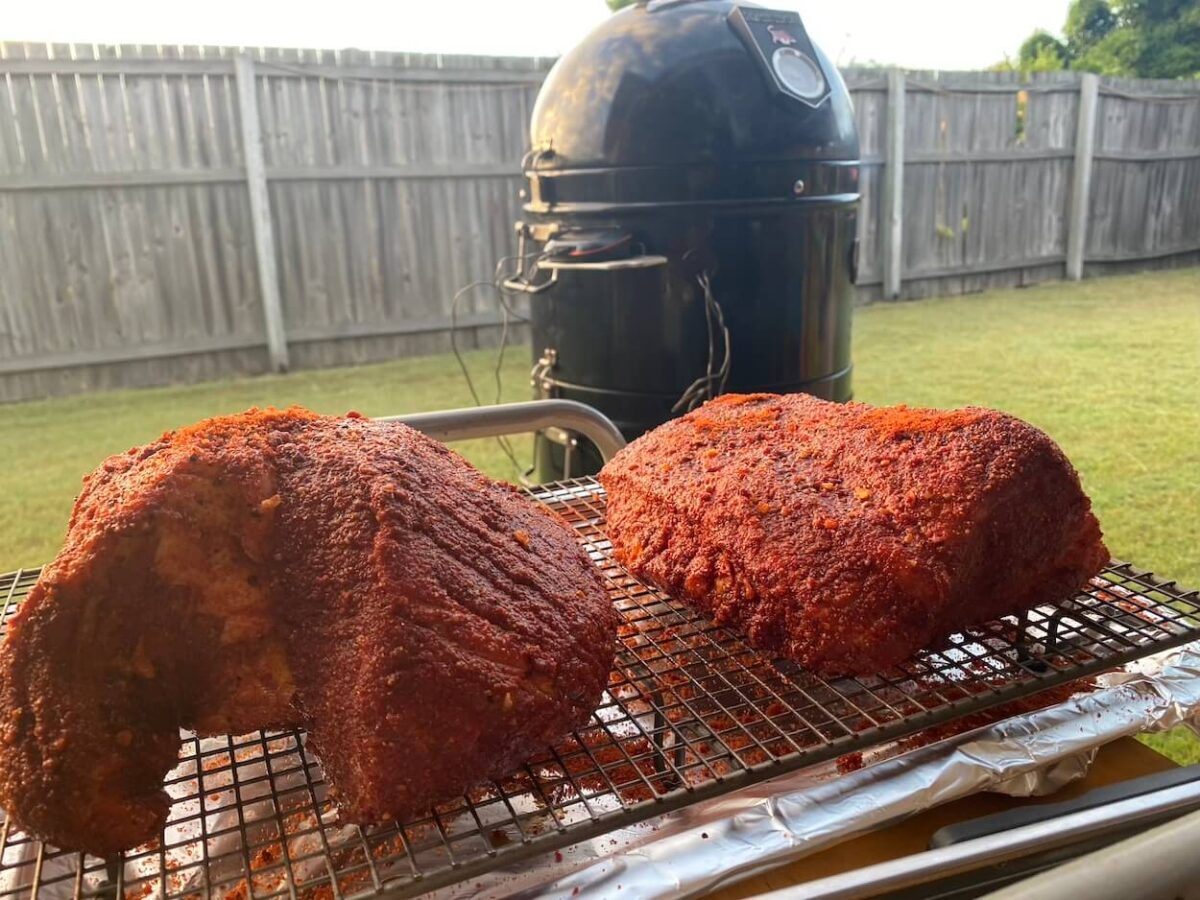For barbecue enthusiasts, grilling is often the default approach. But what if you could take your barbecue game up a notch with a technique that marries the smoky sear of grilling with the tender results of slow-cooking? Enter barbecue braising—a method that brings out rich flavors and keeps meats juicy and tender. In this ultimate guide, you’ll learn the fundamentals and pro tips to master barbecue braising and create unforgettable meals.
Understanding Barbecue Braising
Barbecue braising is a dual-phase cooking technique that begins by searing meat at a high temperature to lock in juices and add a smoky layer of flavor. The meat is then slow-cooked in a flavorful liquid—such as broth, beer, or marinade—within a covered pan or foil pouch. This method combines the benefits of direct grilling with traditional braising, yielding a tender, fall-apart texture ideal for cuts like pork shoulder, ribs, and brisket.
Why Opt for Barbecue Braising Over Classic Grilling?
While grilling uses quick, high heat, barbecue braising offers a more layered flavor profile and a melt-in-your-mouth texture. Here are some reasons to try it:
- Tenderizes Tough Cuts: Cuts high in collagen, like brisket and pork shoulder, become incredibly tender through slow cooking.
- Intensifies Flavor: The braising liquid absorbs the flavors of herbs, spices, and aromatics, deeply infusing the meat.
- Keeps Meat Moist: The liquid prevents dryness, a common issue with direct grilling.
- Versatile Choices: Works with a range of proteins and vegetables, providing ample room for experimentation.

Essential Ingredients for Perfect Barbecue Braising
Careful ingredient selection is crucial for successful barbecue braising. Here’s what to keep in mind:
1. Choosing Your Meat
Select cuts with more connective tissue, as they soften and gain flavor with slow cooking. Top picks include:
- Brisket: Ideal for low, slow cooking due to its density and flavor.
- Pork Shoulder: Contains fat and collagen for a melt-in-the-mouth result.
- Short Ribs: Known for rich beefy flavor, perfect for braising.
- Chicken Thighs: Higher in fat than chicken breasts, keeping them juicy throughout.
2. The Braising Liquid
The liquid sets the flavor tone. Great options include:
- Beer or Ale: Adds depth, with a slight bitterness that pairs well with pork and beef.
- Wine: Use red wine for beef and white for chicken to add richness.
- Broth: Chicken, beef, or vegetable broth forms a savory base.
- Vinegar: Apple cider or balsamic vinegar adds a balanced acidity.
- Barbecue Sauce: A classic choice that brings sweetness and tang.
3. Aromatics and Spices
Enhance your braising liquid with a blend of aromatics and spices:
- Onions and Garlic: Essential for a flavorful base.
- Herbs: Rosemary, thyme, and bay leaves add earthy complexity.
- Spices: Paprika, cumin, chili flakes, and black pepper for warmth.
- Sugar: Brown sugar or molasses brings a subtle caramelized sweetness.

Step-by-Step Guide to Mastering Barbecue Braising
Perfect barbecue braising involves high-heat searing followed by a slow-cook. Here’s how to achieve tender, flavorful results:
Step 1: Preheat and Sear
Heat your grill to high (around 400°F to 450°F). Sear the meat for 5–10 minutes per side to create a crust and seal in juices.
Step 2: Prepare the Braising Liquid
While the meat is searing, create your braising liquid by combining chosen ingredients (such as beer, broth, or wine) with herbs and spices in a heat-safe pan. Bring it to a simmer to allow flavors to meld.
Step 3: Slow-Cook on the Grill
Place the seared meat in a covered pan or wrap it in heavy-duty foil, then pour the braising liquid to cover the meat halfway. Move the pan to the cooler side of the grill for indirect heat, lowering the temperature to around 300°F. Cook slowly for several hours, allowing the collagen in the meat to break down, making it tender and juicy.
Step 4: Final Searing and Glazing
When the meat is tender, remove it from the braising liquid. For extra flavor, sear it over direct heat again for 5–7 minutes, brushing on barbecue sauce to create a caramelized finish.
Step 5: Rest and Serve
Allow the meat to rest for 10–15 minutes before slicing or shredding. This step redistributes juices, enhancing tenderness and flavor.
Advanced Tips for Elevating Your Barbecue Braising Technique
Ready to take your barbecue braising skills to the next level? Try these advanced techniques:
1. Double Braising for Amplified Flavor
For deeper flavor, braise the meat a second time. After the first braise, strain and reduce the liquid to concentrate the flavors, then braise the meat again in this enhanced broth.
2. Smoke-Enhanced Braising
For a richer smoky flavor, add soaked wood chips (like hickory or applewood) to the grill after the initial sear. The smoke infuses the meat during the slow-cook, adding authentic barbecue flavor.
3. Adding BBQ Rubs Before Braising
Apply a dry rub to the meat before braising for added layers of flavor. A mix of salt, pepper, paprika, garlic powder, and brown sugar adds a spicy-sweet depth to your dish.
4. Temperature and Time Precision
Keep the temperature steady between 275°F and 300°F for optimal results. Use a grill thermometer to maintain consistent heat, avoiding overcooking or undercooking.

Conclusion: Elevate Your Barbecue Game with Braising
Braising is a powerful technique for creating tender, flavorful dishes. Adding this method to your barbecue repertoire combines the best of high-heat searing with the tender results of slow cooking. Whether it’s for a family gathering or a BBQ contest, barbecue braising transforms tough cuts into mouth-watering masterpieces. Get ready to fire up the grill and bring a new level of flavor to your barbecue.
